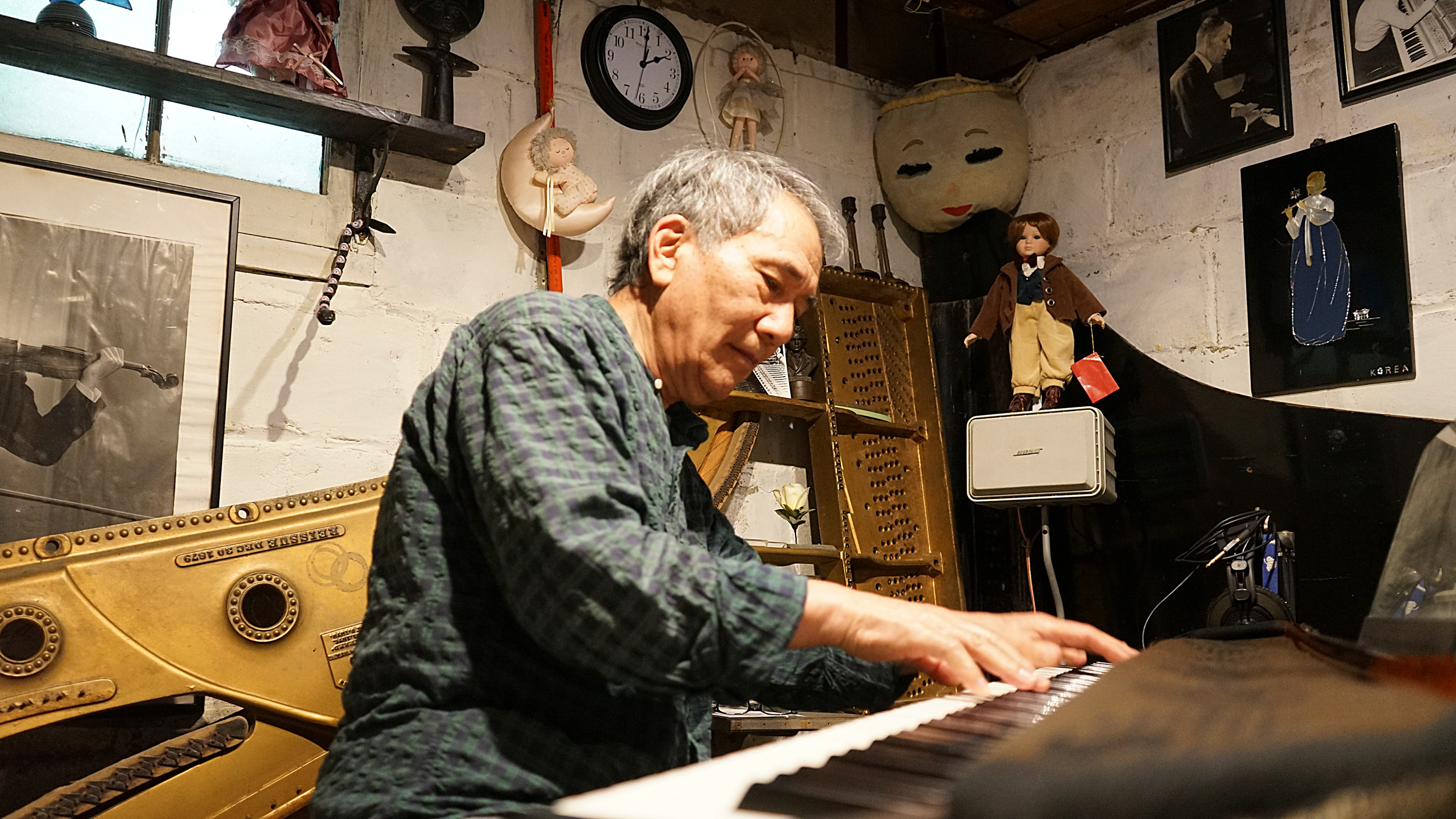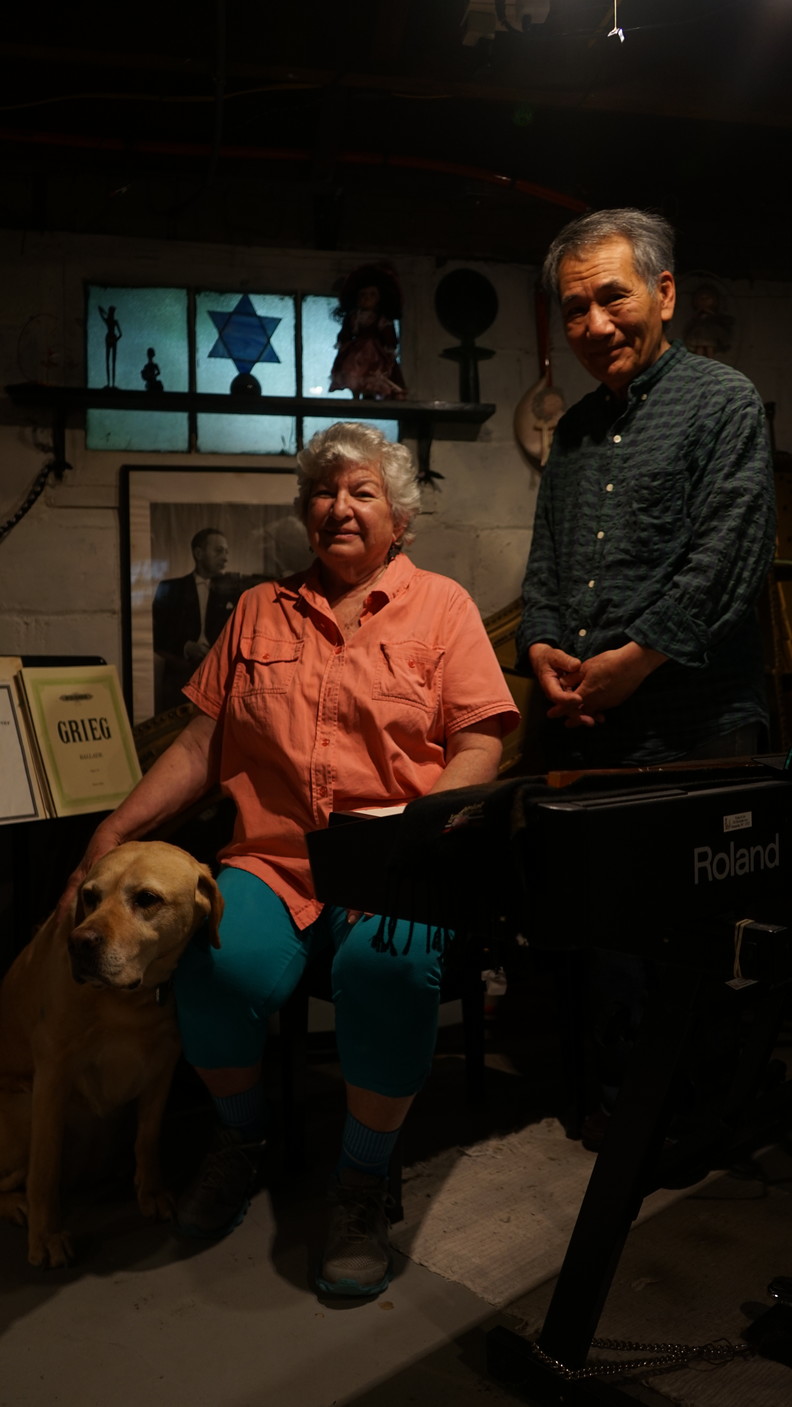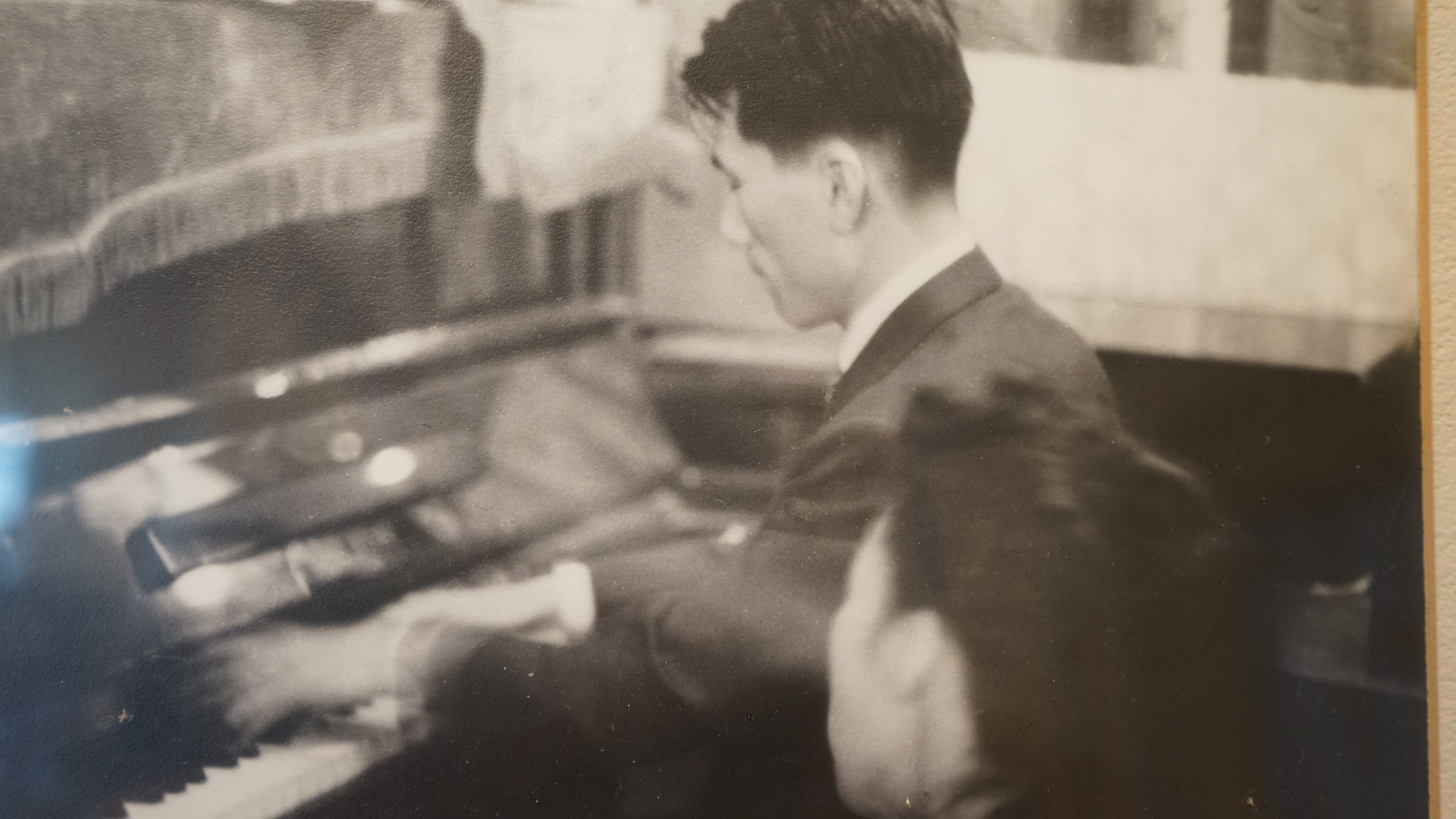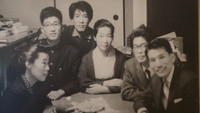Korean native, expert tuner, celebrates 40 years in business in his adopted home of Oceanside
Kong Ju Lee is good with his hands.
The South Korean native can shoot a bull’s-eye with a rifle, rebuild a transmission and assemble a radio from scratch. He built more than half of his Riverside Avenue home himself.
But most important, Lee’s steady hands can expertly tune a piano, and he has performed at prestigious concert halls such as Lincoln Center and the Pratt Institute in Brooklyn, and locally at the Huntington Library and Molloy College.
A self-professed tinkerer, Lee, 79, and his wife, Joan, are celebrating 40 years in Oceanside this month. But their idyllic suburban life together is only a part of Lee’s story.
Born to a Korean violinist father and a Japanese mother in Kyoto, Japan, he was taken from his mother to live in Korea when he was 5, and didn’t see her again until he was an adult.
Lee practiced on his father’s piano in the tearoom of his uncle’s house in Taegu, South Korea, and by age 10, had learned to tune the instrument on his own. It was a necessity, he said, because there were few piano tuners in the country at the time. “Some had never seen a keyboard before,” he noted.
During the Korean War, he recalled nights where he could hear intense fighting as North Korean troops repeatedly advanced within miles of the city.
Lee’s uncle, a local businessman, came up with an idea to raise morale and help employ recently poverty-stricken war refugees: His family would film a movie, and Lee — a boy at the time — would play the starring role.
His uncle faced intense backlash at the prospect. “They told him, ‘People are starving and dying in the streets, and you’re filming a movie?’” Lee recalled, adding that they were occasionally met with violence while working on the project. But after the war, the film, titled “The Street of Sun,” Lee became well-known, and the film gained renown as a piece of South Korean culture. “It was like a treasure for the Koreans,” he said.
But because of his parentage, he also faced discrimination. A “half-breed,” he was called. It was evident that he was partly Japanese, and few are reviled in Korea as much as the Japanese, who occupied the peninsula from 1910 to 1945. “I never felt at home there,” he said of living in Korea.
Lee saw his out, however, when, during the war, he met the American concert pianist Seymour Bernstein, who spent a number of years in the country as part of a State Department-sponsored cultural exchange program. “He opened the door,” Lee said, making a key-turning motion. Lee dreamed of America.
Impressed with the young man’s piano skills, Bernstein suggested that Lee apply for a scholarship at a music conservatory in Manhattan, and soon he was accepted at the Mannes School of Music. “When I got that letter, my American dream was possible,” he said.
But first he had to join the Korean army. He needed to serve before he could be issued a passport, and in basic training, his instructors discovered that he was a skilled marksman with the American-made M1 rifle issued to South Korean forces at the time. “They draft me, and they tell me, ‘Teach other people to shoot like that,’” he recounted as he closed one eye and pantomimed shooting a rifle.
He worried that serving would destroy his hands — a scary prospect for a pianist — and the Mannes School was waiting for him. But after two years, he managed to obtain a discharge, and in 1962 he was finally on his way to America.
First stop: Japan
During the trip, Lee was forced to make a four-hour layover in Japan. As he wandered around the airport, he was unexpectedly summoned to the front desk over the loudspeaker.
He stepped into an elevator — his first — and took it to the first-floor lobby. The doors opened to an array of a dozen strangers. But one of them, a woman, caught his eye. “She looks like my sister,” he said, “but older.”
The woman walked up to him and grabbed his hands. “She didn’t even look at my face,” he recalled. “She looked at my palms and said, ‘Yes, this is my son.’”
The two were reunited, if only for a few hours. To this day, Lee is unsure how his mother knew he would be at that airport.
Kong Lee’s American dream
“Can I tell him?” Lee asked Joan.
“Your version of it,” she quipped, and he began relating the story of how the two met.
While studying at Mannes, Lee worked as a tuner at the Aeolian Piano Company in Manhattan to make ends meet. One day in 1966, he was dispatched to tune a piano in Brooklyn, but lacking a basic knowledge of the area and the language he asked, “Brooklyn? What’s a Brooklyn?”
So the customers sent their daughter as a guide. She took him down to the subway. It was his first time. But in the rush-hour crush, the girl suddenly seemed unsure on her way down the steps. “She said, ‘Can you hold my hand?’” Lee recounted.
“No, actually I said, ‘Can I hold onto your arm?’” Joan interjected. (She is partially blind, and has been since she was a teenager.) And then, standing in the crowded train car, Lee popped the question, sort of. “Would you marry a guy like me?” he asked. The two had known each other for no more than three hours.
“Are you proposing?” she replied. He gestured in the affirmative. “Cool it,” was her curt response.
“I thought, if she says yes, then she’s crazy,” Lee said. “If she says no, I’m crazy. But, cool it? What does that mean?” Given his limited command of English, the expression was lost on him.
They went to Joan’s family’s apartment, and he stayed for dinner. “Saturn balls, they gave me,” he said. They were actually matzo balls — Joan’s family is Jewish. He had never met a Jew, and the balls reminded him of an astronomy course he was taking at Mannes.
The two were married within months. They lived in Brooklyn for about 10 years, and had two children, as Lee began playing concerts, while the couple supported themselves with a small piano-tuning business. He never graduated from Mannes, but he tuned the pianos of greats like Doris Duke and Richard Rogers, of Rogers and Hammerstein fame.
Eventually, Joan decided that Lee needed a practice room, so in 1977 they moved to house with a basement on Riverside Avenue, where they have been ever since. “We really just bought it for the basement,” Joan said, because it offered her husband privacy.
Lee’s late-19th-century concert grand piano came with them. “My American dream piano,” he called it. But like many precious belongings, the 1,000-pound instrument floated to the top of their basement, just like everything else, when it was flooded during Hurricane Sandy.
Now, bits of it can be seen throughout the room. The wood was repurposed into small tables and stands, while the brass innards sit behind his new electronic keyboard.
To Lee, upright pianos are like bicycles; baby grands, compact cars; and concert grands, limousines. And high-quality, modern electronic keyboards? “They’re like spaceships,” he said.
“He keeps telling people that,” Joan said. “He’s going to put himself out of business.”

 47.0°,
Mostly Cloudy
47.0°,
Mostly Cloudy 











